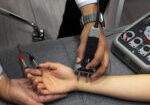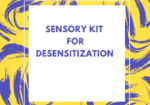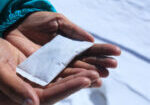Keeping Occupation Based Interventions in Hand Therapy
By: Tristany Hightower
Are your treatments occupation based? Do you tailor your activity choices to fit the needs of each patient? As occupational therapists, we should be specialists in creating goals and interventions that are directed at returning our patients to meaningful occupations.
Too often, hand therapy can reduce to simple exercises to address the base components of strength, range of motion, sensation, etc. But, without consideration of the end occupational needs of the patient.
Occupations based therapy can include many options that are either readily available in the clinic or easy to acquire.
Buttons can be used to prepare for a return to independent dressing and fine motor coordination.
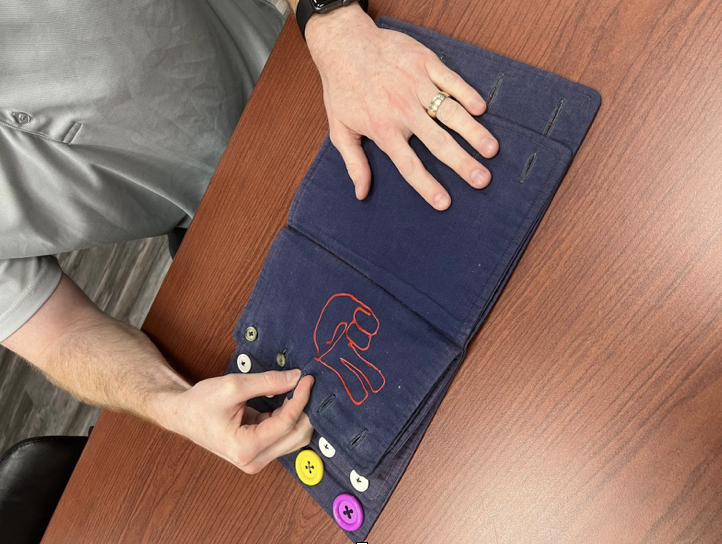
Nuts and bolts from the hardware store will help a mechanic return to coordination and, when used with vision occluded, will improve stereognosis.
Using cooking tools like a spatula or rolling pin will improve IADL return and improve motivation for recovery and HEP activities.
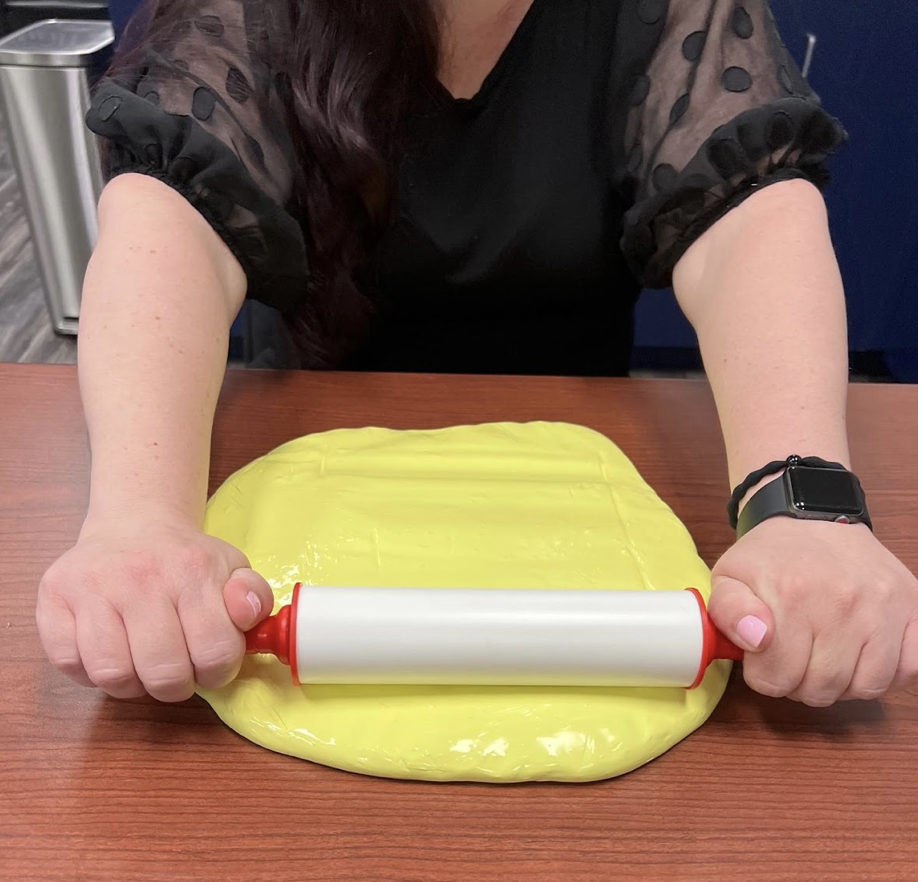
Connectors and pipe lengths of PVC can be a fun assembly task for grasp strength and return to work-related tasks.
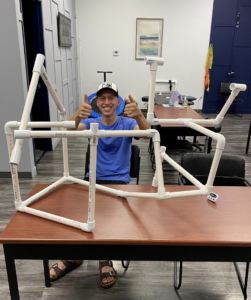
A 2×6 board with predrilled holes can be used to help a carpenter return to managing power and hand tool to put screws into the holes.
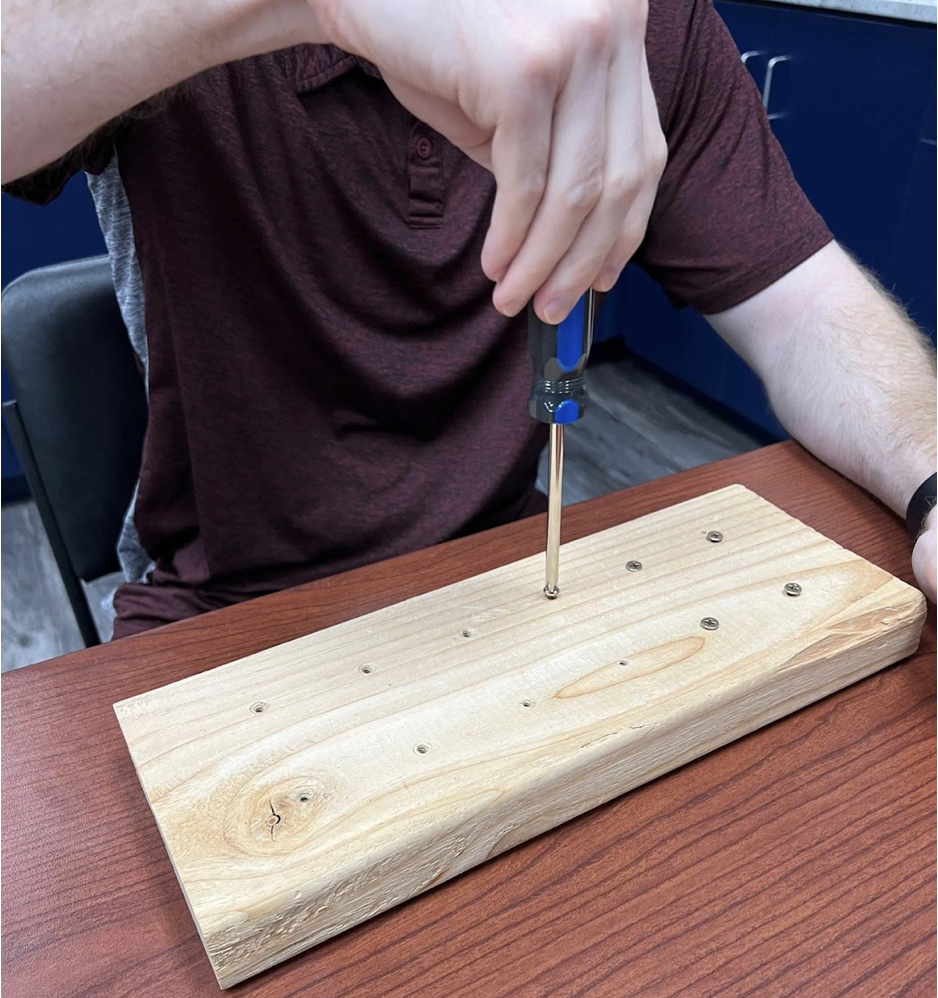
Stamps and paper stock can simulate a craft activity for patients to return to hobby crafts and creative tasks.
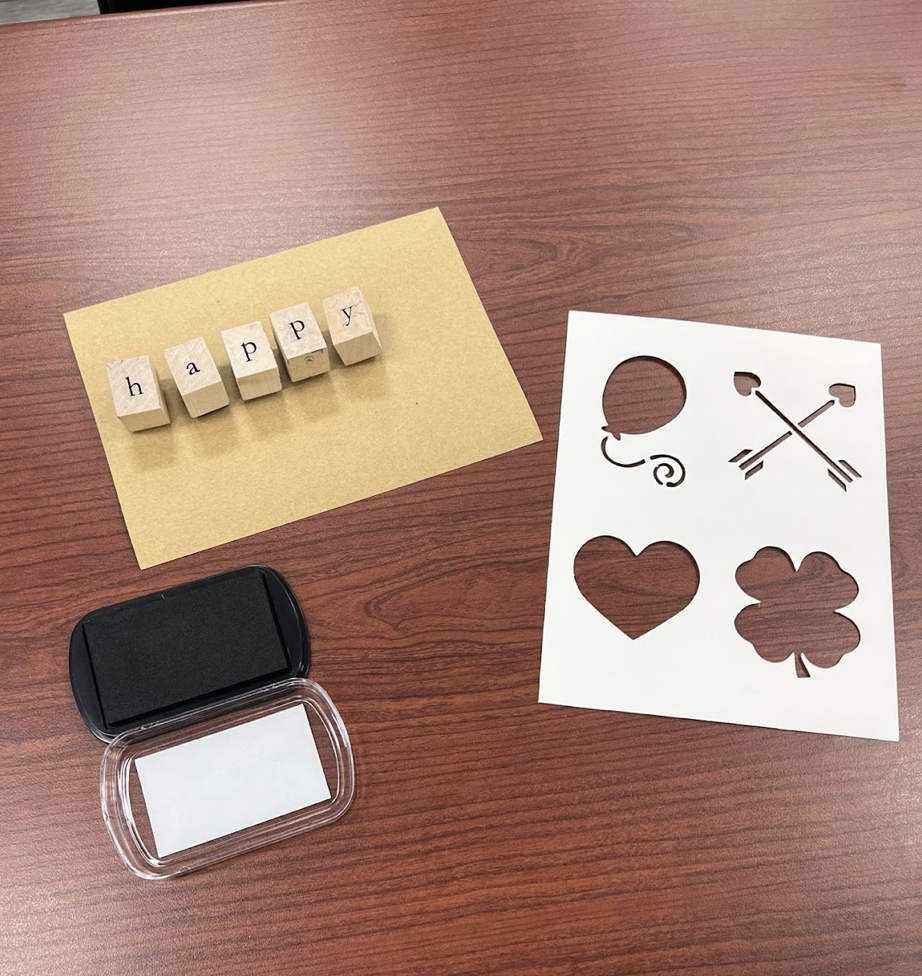
As OTs and hand therapists, your patients will be much more invested in their care and goals if their care plan focuses on their meaningful occupations. Include an occupational profile in your evaluations, get to know their work, recreation, and family-based priorities, and shape your activities to reflect the patient’s occupation-based goals.
More To Read
Do you know the difference between an Electromyography (EMG) and a Nerve Conduction Velocity (NCV) Study?
Do you know the difference between EMG and NCV (an Electromyography and a Nerve Conduction Velocity Study? The term nerve test is usually a broad term that typically indicates both an Electromyography (EMG) and a Nerve Conduction Velocity (NCV) study (EMG vs NCV). An EMG looks at the electrical signals your muscle makes when at…
Read MoreWhat is the real job of the Lumbricals?
Crowley, J. S., Meunier, M., Lieber, R. L., & Abrams, R. A. (2020). The Lumbricals Are Not the Workhorse of Digital Extension and Do Not Relax Their Own Antagonist. The Journal of Hand Surgery. The Skinny: What do the lumbricals do? There is a long-standing belief that the lumbricals act as a counterforce to the…
Read MoreSensory Kit for Hypersensitivity
Written by Melissa Miller Introduction After injury or surgery, nerves in the skin and surrounding the injured area can become overly sensitive. This can cause pain or an unpleasant sensation by stimuli that would not typically cause discomfort. For example, a light touch from a shirt or a certain material can feel like needles to…
Read MoreHow Weather Changes Affect Joint Pain
By: Lucas Godwin How Weather Changes Affect Joint Pain Numerous potential factors can cause weather-related joint pain, including humidity, temperature, precipitation, and changes in barometric pressure. Scientists have performed many studies on joint pain and weather over the years, but so far, none can say for sure what the connection is. Timmermans et al., 2015…
Read MoreSign-up to Get Updates Straight to Your Inbox!
Sign up with us and we will send you regular blog posts on everything hand therapy, notices every time we upload new videos and tutorials, along with handout, protocols, and other useful information.


